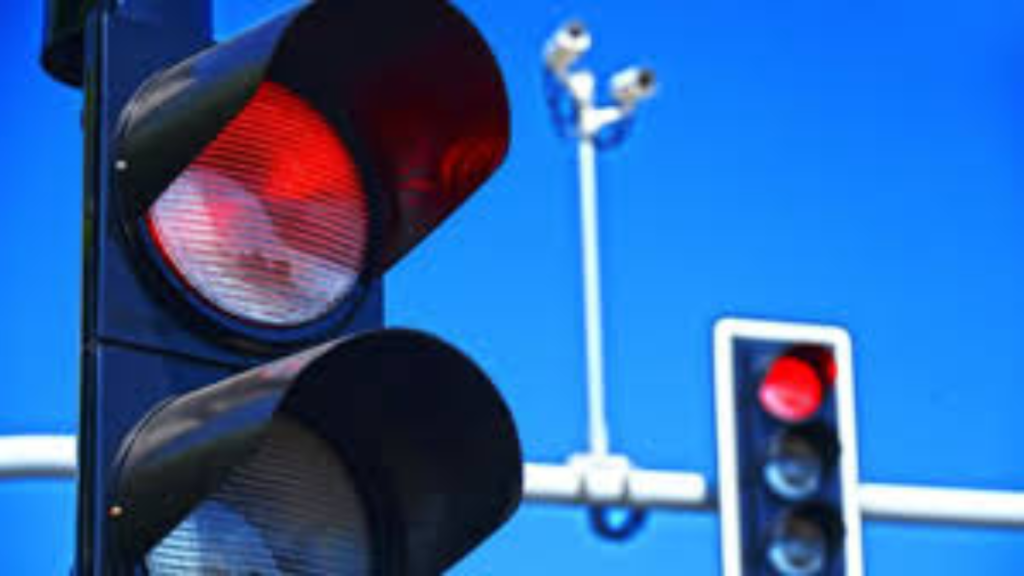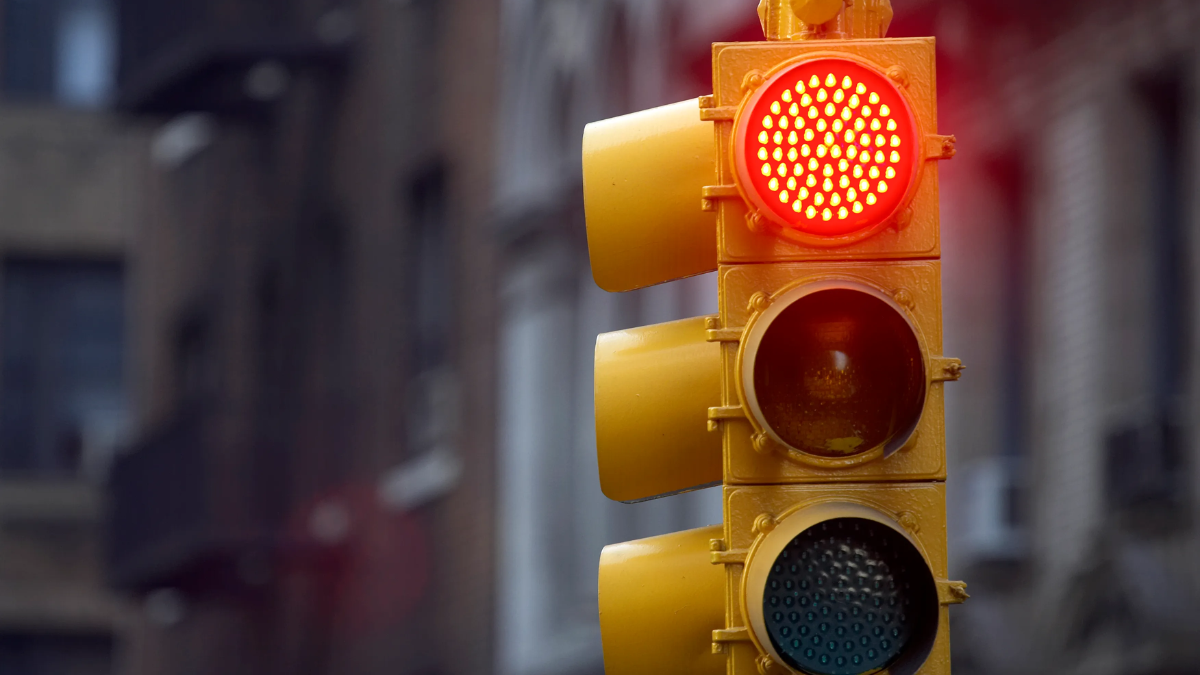HARTFORD, CT — While some U.S. states and cities are reevaluating long-standing traffic laws to address rising pedestrian injuries, Connecticut continues to allow right turns at red lights, as long as specific safety conditions are met.
This policy—established under state law—aims to maintain a balance between traffic efficiency and pedestrian protection.
Connecticut’s right-turn-on-red rule aligns with practices across much of the country. However, it comes with clear expectations: drivers must come to a complete stop, yield to pedestrians and cross traffic, and obey all posted signage prohibiting the maneuver.
In effect, the state provides a degree of flexibility to drivers—without compromising public safety.
What the Law Says
The legal foundation for Connecticut’s approach to right turns on red lights is laid out in the Connecticut General Statutes §14-299. Under this law, drivers facing a red signal can turn right after stopping completely, provided there’s no sign that explicitly forbids it.
However, they are required to yield to pedestrians in crosswalks and vehicles with the right-of-way before proceeding.
“Except when a sign is in place prohibiting a turn, vehicular traffic facing any steady red signal may cautiously enter the intersection to turn right after stopping… Such vehicular traffic shall yield the right-of-way to pedestrians and other vehicles lawfully using the intersection.”
The law is designed to improve traffic flow at intersections, particularly in less congested areas, while keeping vulnerable road users—such as pedestrians and cyclists—safe.
The Red Arrow Exception
It’s important to note the distinction between solid red traffic signals and red arrows, which many drivers mistakenly treat the same. A red arrow is more restrictive. According to the Connecticut Driver’s Manual, a red arrow means no turn is allowed in the direction of the arrow until the signal changes.
“A red arrow means you must stop and you cannot go in the direction of the arrow. You may proceed when the red arrow goes out and a green arrow or light goes on.”
This provision helps protect pedestrians crossing in designated crosswalks, especially in high-traffic zones like downtown Hartford or near schools and public transportation hubs.
Safety First: Yielding to Pedestrians
Despite the flexibility provided under the law, Connecticut law enforcement agencies stress the importance of caution and full stops at red lights before turning right.
The Madison Police Department, for example, routinely educates the public on pedestrian safety, emphasizing that rolling stops or aggressive turns on red can lead to traffic violations or worse—injuries.
“Vehicles that wish to make a right turn while facing a red light signal can only do so after coming to a complete stop (not rolling) and yielding to any lawful pedestrian and/or vehicle traffic,” the department states.— Madison CT Police – Pedestrian Safety
This guidance is especially crucial in mixed-use areas or near recreational parks, where pedestrians may cross unexpectedly. Traffic enforcement officers have also issued citations to drivers who fail to yield to pedestrians, even when no accident occurs.
Drivers Share Mixed Feelings
Many Connecticut drivers appreciate the ability to turn right on red, noting that it can ease congestion during busy commuting hours. However, some residents are concerned that not all drivers exercise proper caution, especially in suburban areas with frequent foot traffic.
“I like the rule because it helps traffic move,” said Thomas Leahy of West Hartford. “But I also think too many people roll through the light without really checking for people crossing.”
Others, like Linda Moreno of New Haven, believe more intersections should have posted restrictions. “Downtown gets busy with students and tourists. There are some corners where right turns on red should be banned completely for safety,” she said.
These community concerns mirror those in other cities across the country. While Connecticut maintains its current approach, other U.S. cities like New York, Washington D.C., and San Francisco have started restricting right turns on red in pedestrian-heavy zones to reduce injury risk.

How Connecticut Compares Nationally
Connecticut’s policy places it in the majority of U.S. states that allow right turns on red with specific conditions. However, the national conversation around pedestrian safety has sparked discussions in several states about restricting or revising the law.
According to the Governors Highway Safety Association (GHSA), pedestrian fatalities have risen across the U.S. in recent years, prompting transportation agencies to reevaluate practices that may pose risks—especially to non-drivers. Some states, including Hawaii and parts of California, have responded by banning right turns on red in specific high-risk areas.
So far, Connecticut has not announced any plans to change its statewide policy. However, cities and towns retain the ability to install “No Turn on Red” signage at intersections they deem unsafe.
Looking Ahead: Education and Enforcement
While state-level rules remain unchanged, the Connecticut Department of Transportation (CTDOT) and local law enforcement continue to monitor traffic patterns and educate drivers on safe behavior at intersections.
“Drivers must always prioritize safety over speed. A few seconds of caution can prevent serious accidents,” a CTDOT spokesperson noted.
Education campaigns across the state, including community outreach programs and signage updates, aim to reinforce the importance of safe driving habits.
Conclusion
In Connecticut, right turns on red lights are still legal—but only under strict conditions. Drivers must come to a complete stop, yield to all pedestrians and vehicles, and obey any posted signs prohibiting the turn. While the state has not followed others in restricting this maneuver broadly, safety remains a priority.
As cities grow and pedestrian traffic increases, ongoing awareness and responsible driving will be key to keeping Connecticut’s roads safe for everyone.
For More Information: Connecticut Statute on Right Turn on Red – §14-299
Disclaimer – Our team has carefully fact-checked this article to make sure it’s accurate and free from any misinformation. We’re dedicated to keeping our content honest and reliable for our readers.
